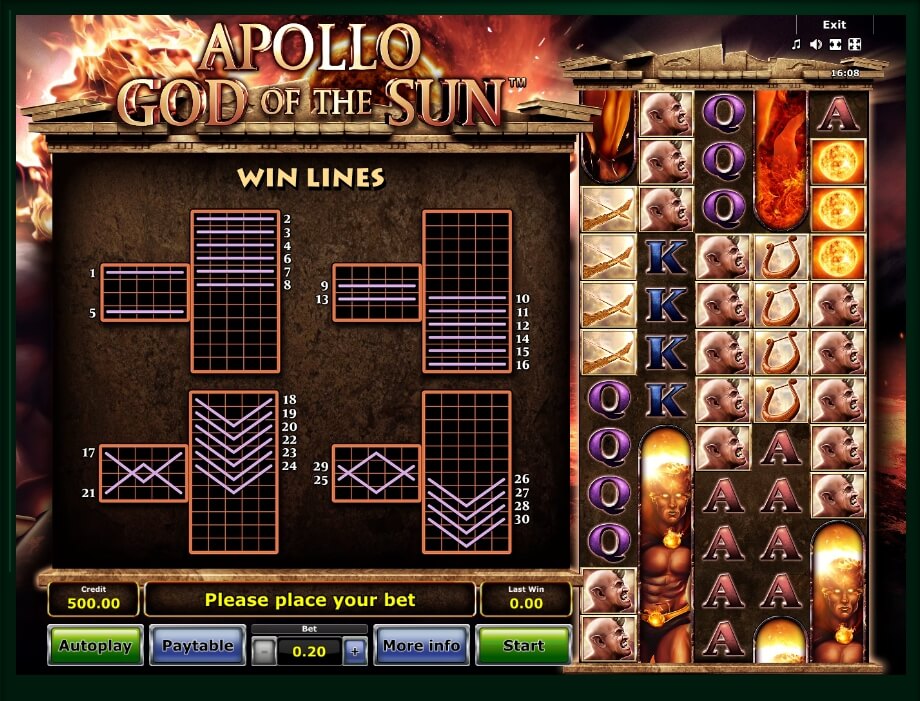How To Tell A Slot Is Close To Hitting Jackpot
- How To Tell A Slot Is Close To Hitting Jackpots
- How To Tell When A Slot Machine Is Close To Hitting Jackpot
- How To Tell A Slot Is Close To Hitting Jackpot Winning
The goal of blackjack is simple - to get as close as possible to 21 without going over, and to have a higher hand than the dealer. If the dealer goes over 21, they bust and lose the game. Live casino games are as close to the Las Vegas experience as you’ll get, without having to pay through the nose for flights and accommodation. Play Live Casino with Paddy Power. As mentioned already, you’ll find a comprehensive range of live dealer games available at Paddy Power Casino.

Voice-over artist Tim Kitzrow provided the voice of Rod Serling.
Rod Serling's likeness had to be licensed separately from the 'Twilight Zone' name.
Retrofit instructions for third playfieldmagnet (removed in production games) available
here.
An article by Ted Estes about designing Twilight Zone is available at
GameRoom Magazine.
Another article shows differences betweenprototype and production games. Here is an Italian language translation.
How To Tell A Slot Is Close To Hitting Jackpots
Twilight Zone was originally to be the first game to use Williams' then-new DCS Sound System (which would actually be introduced for Williams' 1993 'Indiana Jones: The Pinball Adventure'), but due to time constraints concerning the production of the DCS board, the music was recomposed for the Yamaha YM2151/Harris CVSD audio board. It is also therefore the last game to use that audio board.How To Tell When A Slot Machine Is Close To Hitting Jackpot
How To Tell A Slot Is Close To Hitting Jackpot Winning
We asked Chris Granner to tell us about the music for this game. He replies:
The main play tune for TZ is a WPC (synthesized) version of the loooonnnng guitar solo section from Golden Earring's 'Twilight Zone'. The Jackpot tune is a WPC version of the CHORUS of that song, where you hear the main melody of the song. There are snippets and takeoffs from dozens of TV show moments, way too many to list. The actual AUDIO from either of these sources is NOT reproduced in TZ pinball.
In this listing is an image of a playfield under blacklighting, revealing a serial number. We asked Pat Lawlor why the manufacturer did this. He replies:
The reason for the serial numbers seems strange by today's standards. In 1992, Williams' agreement with its distributors gave them exclusive sales right to a territory. They did not have the right to sell outside of their territory. But some were doing just that. In order to track the game's origin from a distributor into the wild, the blacklight number was added. Williams knew where the game was originally shipped. If the game turned up outside of that territory, it was assumed that the distributor had 'Bootlegged' the game outside of his territory. Then it was up to management to decide what penalty to incur on the offender. Remember, this was during a time when it was PROFITABLE to sell and operate pinball machines. This practice would be laughable today because ANY sale of a pinball machine is a good sale.